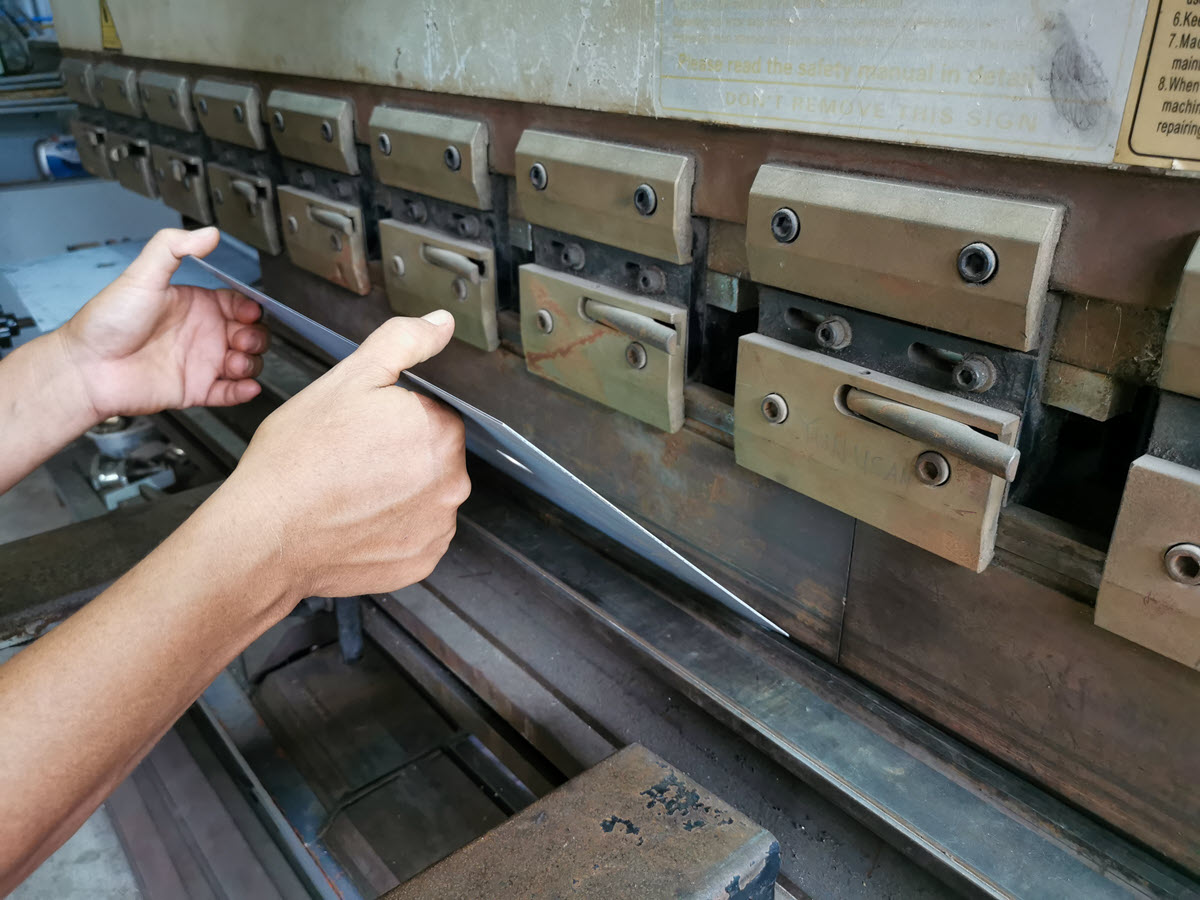Your cart is currently empty!
SPC vs. Knowledge
Have you ever asked yourself just what control limits actually measure? Oh sure, there are the standard statistical answers: central tendency, process dispersion, capability and so on. But what do control limits measure fundamentally? The answer is ignorance. Ignorance is really the only reason we need SPC, or any statistics for that matter. Statistics help…
Small Samples
What is “Small”? Not enough data. We’ve all been there before. It may be that the production rate is too low. (I’ve worked with processes where one unit per month wasn’t unusual.) It may be that you have many covariates, such as customer research. If you slice-and-dice customers by industry type, geographic region, age, sex,…

Non-Normal Distributions in the Real World
One day, early in my quality career, I was approached by my friend Wayne, the manager of our galvanizing plant. ‘Tom,” he began, “I’ve really been pushing quality in my area lately, and everyone’s involved. We’re currently working on a problem with plating thickness. Your reports always show a 3-percent to 7-percent reject rate, and…

How Do I Compute Sigma? Let Me Count the Ways
With SPC work, we normally try to analyze a process distribution’s shape, central tendency and spread. We usually measure this last item by computing an estimate of the process standard deviation, or sigma, designated with the Greek letter σ. There are several ways to do this; I’ll discuss the pros and cons of some of…
Applying Virtual DOE in the Real World
A case study from the manufacturing sector showcases the advantages of data mining and artificial neural networks. In a prior discussion, I outlined the process of implementing a virtual design of experiments (VDOE) using artificial neural networks and data mining techniques. Today, we delve into a practical instance from the manufacturing realm that underlines how…
